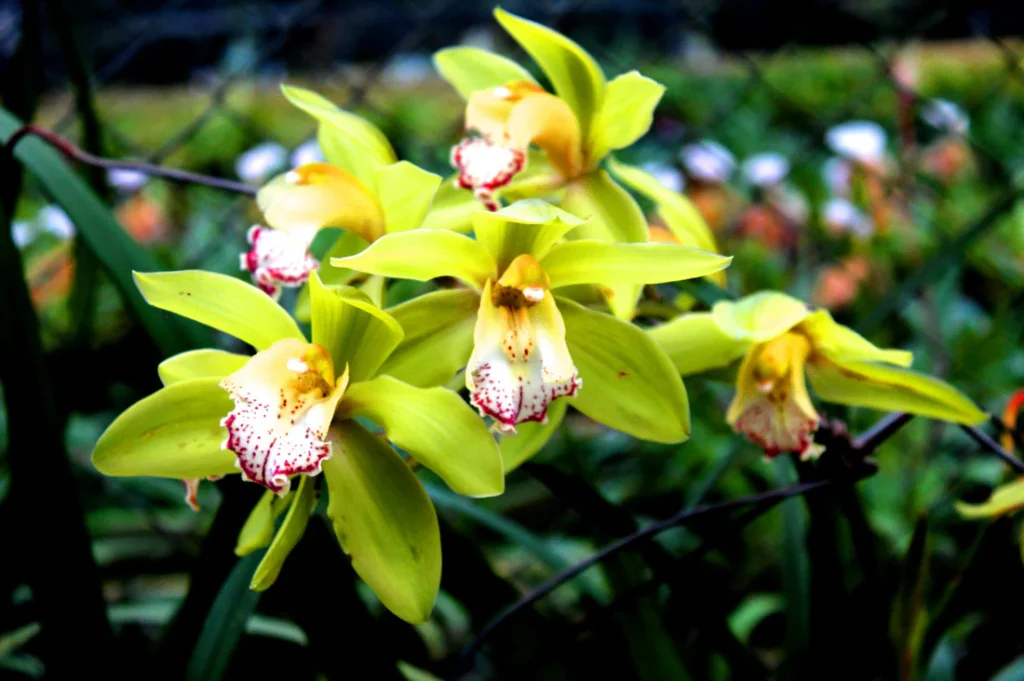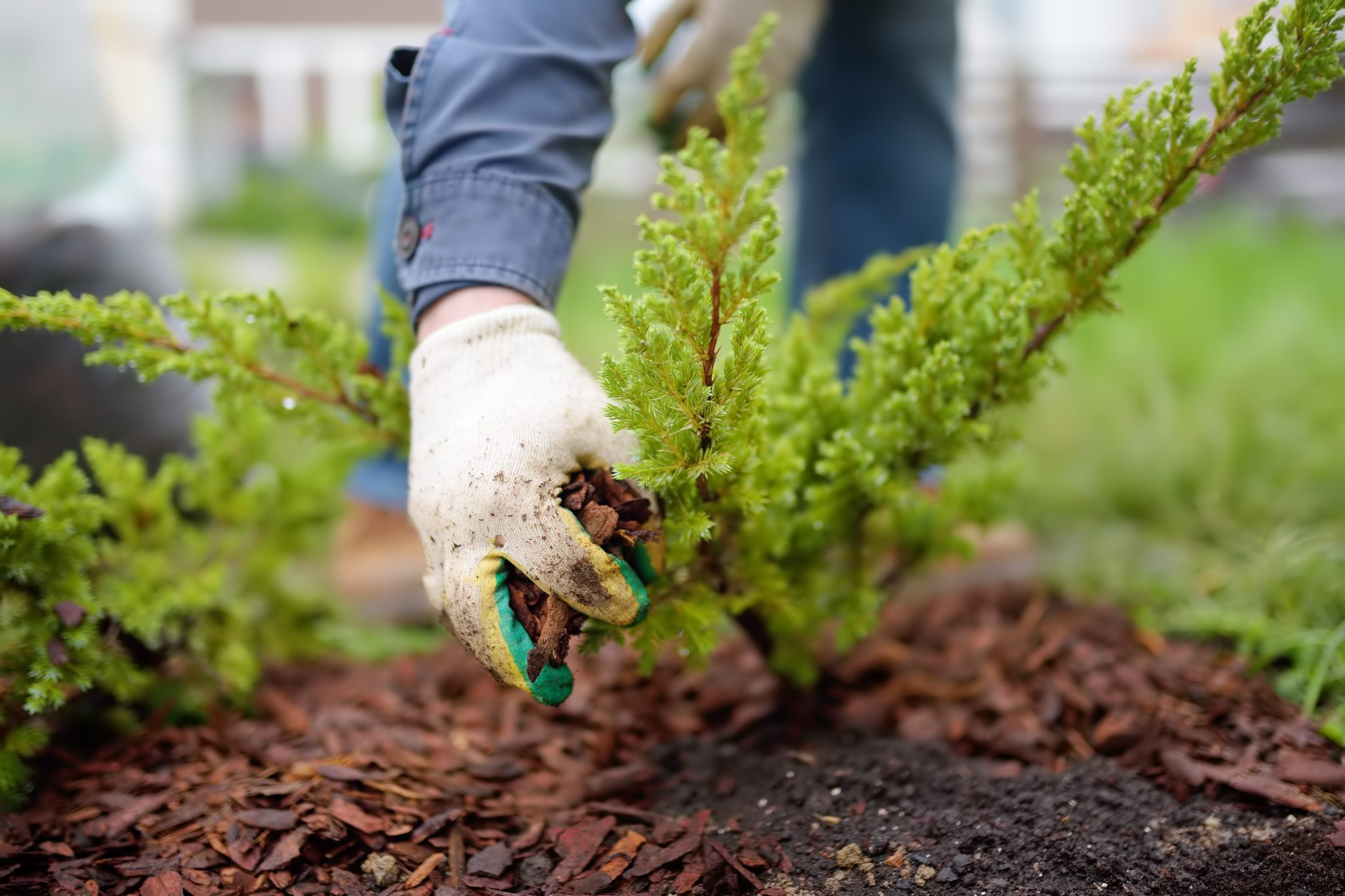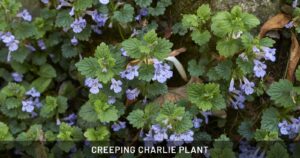The most expensive plant in the world is the Shenzhen Nongke Orchid, which can fetch prices as high as $200,000 per plant. This unique and rare orchid is cultivated in China through years of research and meticulous care. “The exclusivity, difficulty in cultivation, and aesthetic appeal make rare plants like the Shenzhen Nongke Orchid so valuable,” says Dr. Elizabeth Carter, a botanist at the American Horticultural Society. According to horticulturist Dr. James Wilkins, “Rare plants have become symbols of prestige and investment, driving up their prices in niche markets.”

The high cost of such plants is due to several factors, including their rarity, lengthy growth periods, specialized care requirements, and the prestige associated with owning them. Additionally, these plants often have cultural and symbolic significance, further adding to their desirability.
Why Are Some Plants So Expensive?
Several factors contribute to the high prices of rare plants:
- Rarity and Exclusivity: Many expensive plants are found in limited regions or require years of careful cultivation.
- Slow Growth Rate: Some plants take decades to reach maturity, adding to their value.
- Complex Care Requirements: Specialized knowledge, equipment, and environmental conditions are needed to maintain these plants.
- Market Demand: Collectors and enthusiasts are willing to pay premium prices for unique and beautiful specimens.
Most Expensive Plants in the World
Here is a closer look at some of the most expensive plants globally and why they command such high prices:
1. Shenzhen Nongke Orchid
The Shenzhen Nongke Orchid, developed over eight years by Chinese researchers, is known for its exquisite beauty and scientific significance.
Why It’s Expensive:
- Extensive research and controlled breeding process.
- Limited availability due to complex cultivation.
- Symbol of luxury and exclusivity.
2. Juliet Rose
This hybrid rose took 15 years to develop and is renowned for its unique peach color and delicate scent. It was first introduced at the Chelsea Flower Show.
Why It’s Expensive:
- Years of hybridization and cross-breeding.
- High demand in the luxury floral market.
- Exceptional beauty and fragrance.
3. Saffron Crocus (Crocus sativus)
Saffron, derived from the stigmas of the Crocus sativus flower, is one of the most expensive spices in the world, and the plant itself commands a high price.
Why It’s Expensive:
- Labor-intensive harvesting process.
- High demand in culinary and medicinal industries.
- Limited growing regions.
4. Bonsai Trees
Bonsai trees, particularly ancient specimens, can sell for thousands of dollars due to their artistic value and the skill required to cultivate them.
Why It’s Expensive:
- Decades or even centuries of care.
- Unique aesthetic value.
- Cultural significance in Japan and beyond.
5. Monstera Obliqua
This rare houseplant is known for its unique, lace-like leaves and high demand among plant collectors.
Why It’s Expensive:
- Limited availability.
- Difficult to propagate.
- Highly sought-after by houseplant enthusiasts.
Price Comparison in the U.S. Market
The cost of these rare plants in the U.S. varies based on factors such as demand, availability, and shipping costs. Below is a comparison of their average prices:
| Plant Name | Average Price (USD) |
|---|---|
| Shenzhen Nongke Orchid | $200,000+ |
| Juliet Rose | $15,000 |
| Saffron Crocus | $1,500 per pound |
| Bonsai Trees (Ancient) | $5,000 – $50,000 |
| Monstera Obliqua | $3,000 – $5,000 |
Expert Insights on Expensive Plants
Horticultural experts emphasize the importance of understanding plant care before investing in such high-value specimens. Dr. Amanda Wright from the National Gardening Association advises, “Proper knowledge and care routines are essential to ensure the longevity and beauty of these plants.”
Should You Invest in Expensive Plants?
While purchasing expensive plants can be a status symbol and an investment, potential buyers should consider:
- Maintenance costs.
- Availability of suitable growing conditions.
- Authenticity and sourcing from reputable sellers.
Conclusion
The world of expensive plants is driven by rarity, beauty, and a deep appreciation for botanical wonders. Whether you are a collector or an admirer, understanding the factors that contribute to their high value can help you make informed decisions.
References:






